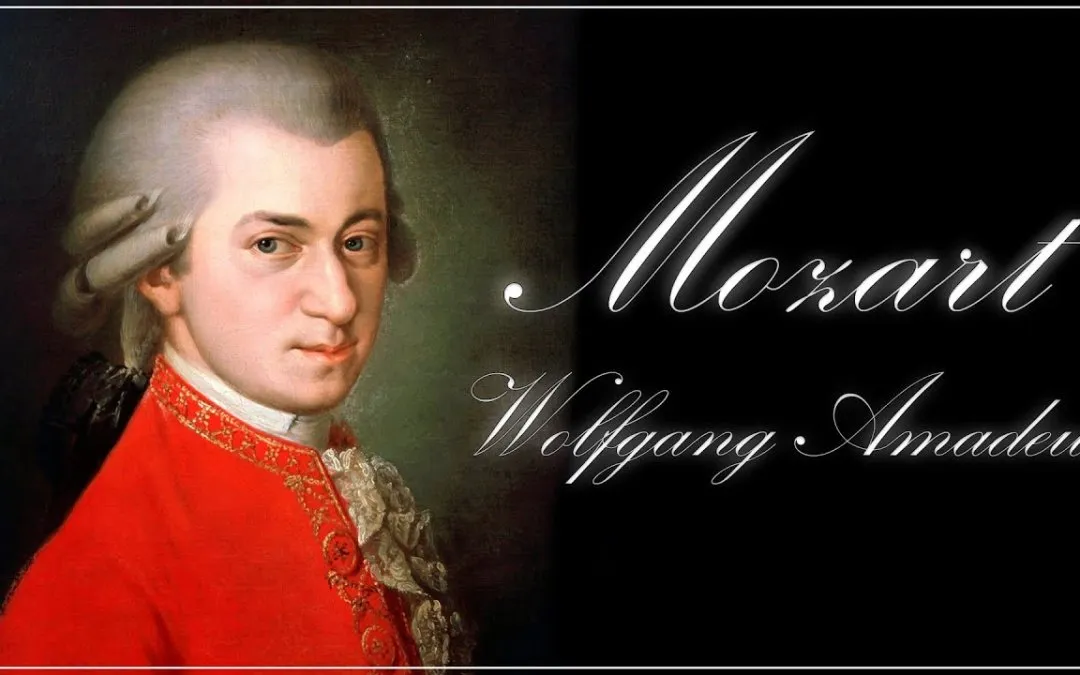Wolfgang Amadeus Mozart: Overview and Impact as a Music Artist
Wolfgang Amadeus Mozart (1756–1791) was an Austrian composer, widely regarded as one of the most influential and prolific figures in Western classical music. Born in Salzburg, Mozart demonstrated prodigious talent from an early age, composing music by the age of five and performing for European royalty by six. Over his short life, he composed more than 600 works, spanning symphonies, operas, chamber music, piano concertos, and sacred music, which have had a profound impact on the development of classical music. His compositions are celebrated for their structural clarity, emotional depth, and technical precision, influencing countless musicians and composers through the centuries.
Key Phases in Mozart’s Career
- Early Years and European Tours (1761-1773): Mozart began composing as a child, creating his first symphonies and piano sonatas by age ten. His father, Leopold Mozart, took him and his sister Nannerl on extensive tours across Europe to showcase his talent. This exposure to various musical styles, including Italian and French influences, helped Mozart develop a versatile and distinctive voice. Early works like Symphony No. 1 and his first opera Apollo et Hyacinthus displayed his budding compositional genius.
- Salzburg Period (1773-1781): Mozart spent much of his early adult life in Salzburg, composing numerous symphonies, sonatas, and sacred works, such as the Coronation Mass and Exsultate, jubilate. Despite tensions with his employer, Archbishop Colloredo, Mozart continued to refine his style, blending dramatic and lyrical elements. Works like the Symphony No. 25 reflect this evolution and display the emotional depth and musical complexity that would become hallmarks of his later compositions.
- Vienna Years and Masterpieces (1781-1791): Mozart moved to Vienna in 1781, where he composed many of his most celebrated works and established himself as a successful, if financially challenged, freelance composer. His Vienna years produced masterpieces such as The Marriage of Figaro, Don Giovanni, and The Magic Flute, as well as his late symphonies and piano concertos. His music during this period is marked by emotional depth and dramatic structure, with operas and instrumental pieces that explored complex human emotions and relationships. His final years produced some of his most profound works, including the Requiem and Symphony No. 41 (“Jupiter”).
- The Final Works and Legacy (1791): In his last year, Mozart composed some of his most iconic works, including The Magic Flute, the Clarinet Concerto, and the unfinished Requiem. The Requiem, completed posthumously by his student Franz Xaver Süssmayr, has become one of the most revered works in sacred music. Mozart’s passing at the age of 35 was a significant loss to music, but his legacy continued to grow, with his final works showcasing the emotional intensity and structural innovation that have captivated audiences for centuries.
Musical Style and Themes
Mozart’s music is known for its clarity, balance, and expressive depth, with an innovative approach to form and harmony. His compositions range from light-hearted and playful to profoundly moving, often combining the melodic beauty of classical style with dramatic tension. He brought depth and sophistication to every genre he worked in, whether in the grandeur of his symphonies or the intimacy of his piano sonatas and chamber music. Mozart’s operas are particularly notable for their character development, psychological complexity, and the way they reflect human emotions and conflicts in a universally relatable manner.
Legacy and Influence
- Innovator of Classical Form and Expression: Mozart’s contributions to the classical forms of the symphony, concerto, and sonata were groundbreaking. His piano concertos set a new standard, combining virtuosic passages with expressive depth. Works like the Piano Concerto No. 20 and Symphony No. 40 demonstrate his ability to balance structural rigor with emotional nuance, influencing composers such as Ludwig van Beethoven, Franz Schubert, and Johannes Brahms.
- Development of Opera: Mozart’s operas transformed the genre, bringing psychological depth and realism to his characters. Works like The Marriage of Figaro and Don Giovanni broke from tradition by portraying complex, human characters rather than stereotypes. His operas remain central to the repertoire, appreciated for their wit, emotional depth, and dramatic tension, influencing later opera composers such as Richard Wagner and Giuseppe Verdi.
- Prolific Legacy and Broad Influence: Mozart’s influence extended beyond the classical era, inspiring composers and musicians across genres. His work has been widely studied, performed, and celebrated, becoming a standard for classical composition and musicianship. His music’s appeal endures, resonating with audiences worldwide for its elegance, inventiveness, and humanity.
- Cultural Icon and Timeless Appeal: Mozart’s life and work have become emblematic of musical genius, and his persona remains a subject of fascination in popular culture. From movies like Amadeus to frequent performances and recordings, his music and legacy continue to captivate new generations. His enduring influence on education, with compositions used to teach classical form and style, has made him a foundational figure in Western music.
Conclusion
Wolfgang Amadeus Mozart’s legacy as a composer and musician is monumental. His work pushed the boundaries of musical form and expression, leaving an indelible mark on Western music. His unparalleled skill, prolific output, and lasting influence across genres make Mozart one of the most revered composers in history, whose works continue to be celebrated, studied, and performed by musicians and music lovers around the world.
References:
- Solomon, M. (1995). Mozart: A Life. Harper Perennial.
- Wolff, C. (2012). Mozart at the Gateway to His Fortune: Serving the Emperor, 1788-1791. W.W. Norton.
- Keefe, S. P. (2015). Mozart in Vienna: The Final Decade. Cambridge University Press.
- “Wolfgang Amadeus Mozart.” The Grove Dictionary of Music and Musicians.


Leave a Reply